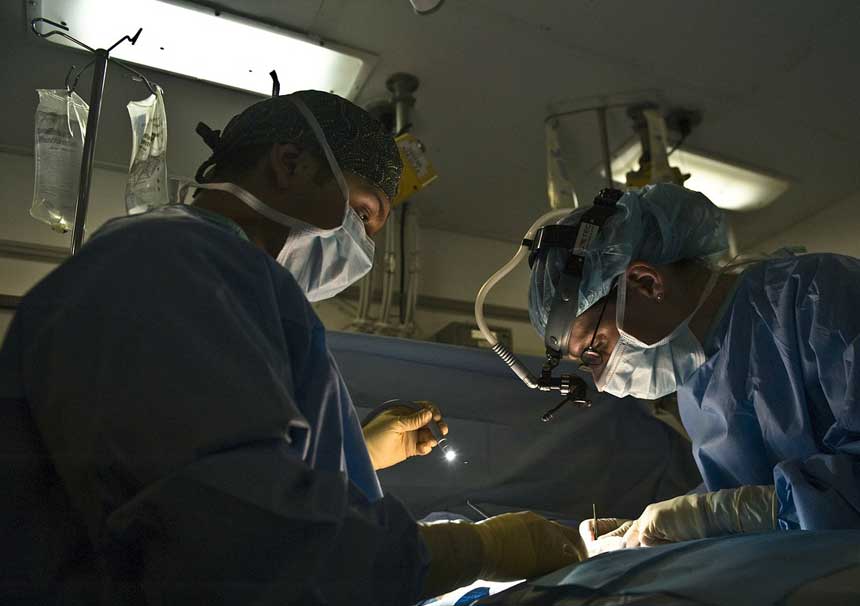Surgery improved survival in lung cancer patients
Surgery improved survival in lung cancer patients
9 Jun 2016Patients with late-stage, non-small cell lung cancer (NSCLC) who have surgery have better survival rates than those who don't, but fewer of these patients are undergoing surgery, UC Davis researchers have found.
The study raises an important question: Why aren't more patients evaluated for surgery as part of a comprehensive treatment regimen for the world's deadliest cancer?
“We need to understand why surgical treatment is decreasing"
Using the California Cancer Registry, the team identified more than 34,000 patients who had stage IIIA, IIIB or IV NSCLC. Analyzing the data, they found that patients who received surgery had improved survival rates compared to their non-surgical peers. In addition, they found that 27% of patients received no treatment at all.
"Treatment with chemotherapy is increasing, but surgical treatment is decreasing," said Elizabeth David, a UC Davis assistant professor of surgery and first study author. "We have a treatment that we know improves survival when offered to appropriate candidates, but we're offering it to fewer people. We need to understand why this is happening."
Surgery had a dramatic impact on overall survival
NSCLC is the leading cause of cancer death, killing more than 1.4 million people worldwide each year. To better understand the relationship between surgery and survival, the researchers examined cancer registry data, including patient demographics, tumor information and treatments.
The researchers found that:
- 25.7 % of patients were given a combination of chemotherapy and radiation, while 11 % received surgery, either alone or in combination with other therapies.
- Surgery had a dramatic impact on overall survival. The median overall survival for patients who received chemotherapy and surgery was 40.7 months. The median was 33.3 months for patients who received chemotherapy, radiation and surgery; 28.8 months for those who only received surgery; and 18.6 months for surgery and radiation.
- For patients who were not treated surgically, those who received chemotherapy and radiation had a median overall survival of 11.9 months; chemotherapy alone was 10.5 months; radiation alone was 3.7 months.
The most concerning finding may have been that 27 % of patients received no treatment at all, David said, adding that additional data analysis is needed to understand this observation. Some patients may refuse treatment, as they don't believe the incremental health gains will be worth the side effects. There may be other issues as well, such as racial and socioeconomic biases and distance from major cancer centers that prevent patients from receiving treatment.

Next steps
David noted that the study is only the tip of the iceberg, and more work needs to be done to parse out the findings and determine the best ways to help patients. Each patient is different, she said, and the California Cancer Registry data is not detailed enough to answer all the questions posed by this study.
Because the research raises awareness about disparities in care, David said she hopes additional studies will lead to a more nuanced understanding of which treatments will benefit patients based on evidence rather than usual patterns of care that have been established.
"We're continuing to look at how the decision is made to involve surgery," David said. "Surgery is not right for all patients with advanced-stage lung cancer, but we want to ensure that patients are being evaluated appropriately. We want to see if we can create a decision tool that helps physicians decide who is suitable for surgery."
Source: Science Daily